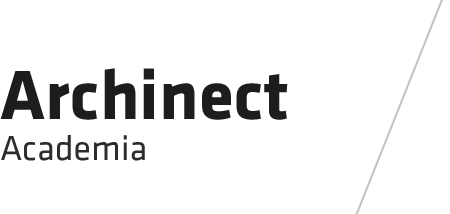
University Park, PA

UNIVERSITY PARK, Pa. — Frank Jacobus, professor and head of the Department of Architecture and Stuckeman Chair of Integrative Design in the Penn State College of Arts and Architecture’s Stuckeman School, is set to go on a four-week artist residency at Loghaven in Knoxville, Tennessee to work on a sculpture garden pavilion designed by artificial intelligence (AI).
Loghaven is a competitive retreat-based artist residency welcoming creatives from many disciplines. Jacobus will reside there from May 20 to June 14. The residency asks candidates to pitch a project, so Jacobus and his business partner, Marc Manack, associate professor of architecture at the University of North Carolina, Charlotte, pitched a pavilion designed by using AI as a tool for their creative ideation.
Jacobus and Manack are principals of SILO Architecture, Research and Design.
Jacobus said the final result may not look like the AI rendering, but the tool has allowed the duo to get creative and flexible with materials.
“The design process can be in the abstract, but it can also include cost, material and what’s available,” Jacobus said. “It feels like we’re jazz musicians riffing and improvising, and when opportunities arise, we take them based on the materials we can get.”
Given the project’s strict four-week deadline, Jacobus said that he and Manack will have to be adaptable to challenges that may arise on the building site and not get too attached to one particular part of the project knowing that material availability could change quickly.
“We’re looking for the solution, and we’re adaptable to the situation,” Jacobus said. “We’re always open to ideas for how we can get this done.”
The pavilion will be part of a sculpture garden within a forest that will eventually be open for public use. The site for the sculpture garden is owned by John Sanders, founding partner of Sanders Pace Architecture. According to Jacobus, Sanders bought the houses over time to create something new on the land.
Jacobus is also looking forward to learning from the other residents at Loghaven to expand his creativity as an artist.
“You’re there in a community of creative people, and I’ll be able to talk to the textile artists, the ceramicists, and riff off each other,” Jacobus said. “You get to know people and get inspired by their work.”
The pavilion project will not be Jacobus’s first time experimenting with AI as a design tool. His co-authored book, “Artificial Intelligent Architecture: New Paradigms in Architectural Practice and Production,” released in December 2023 by ORO Editions, captures the use of AI in architecture in its infancy.
No Comments
Block this user
Are you sure you want to block this user and hide all related comments throughout the site?
Archinect
This is your first comment on Archinect. Your comment will be visible once approved.